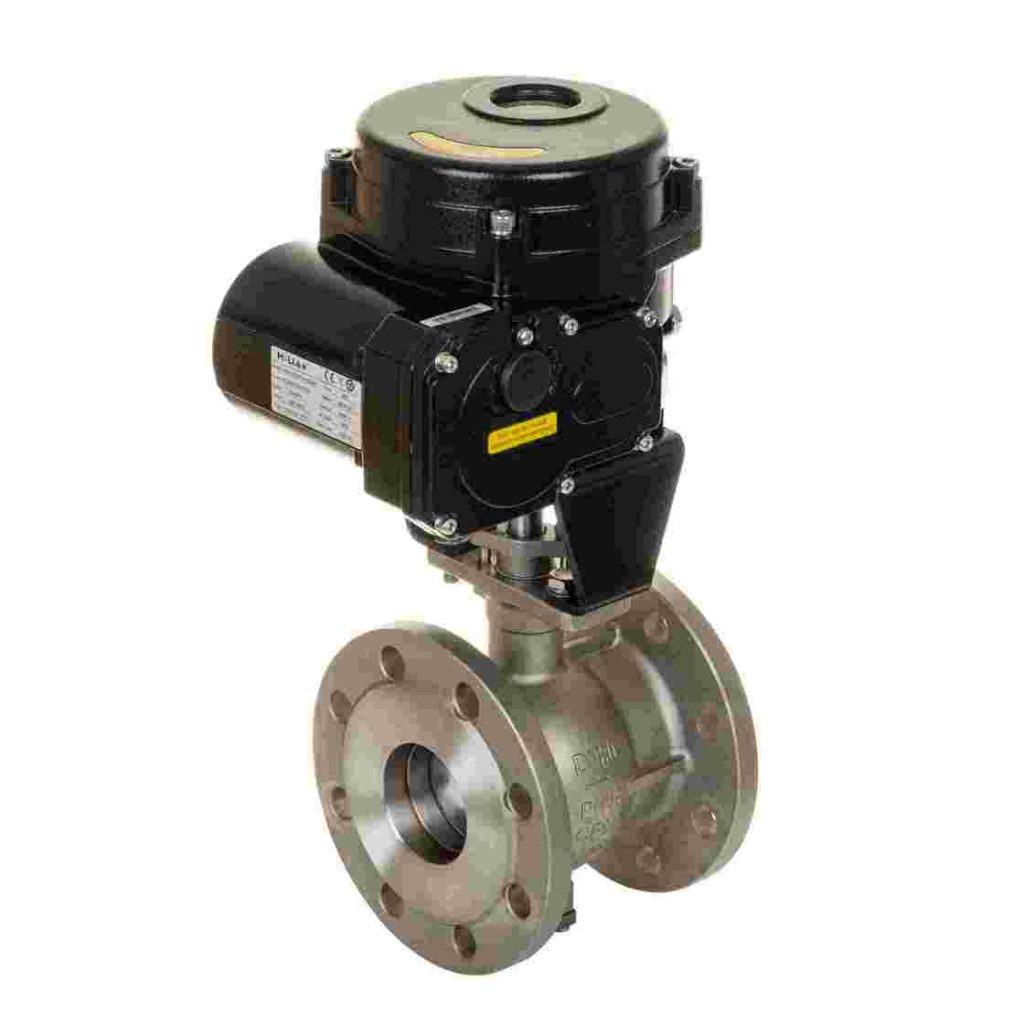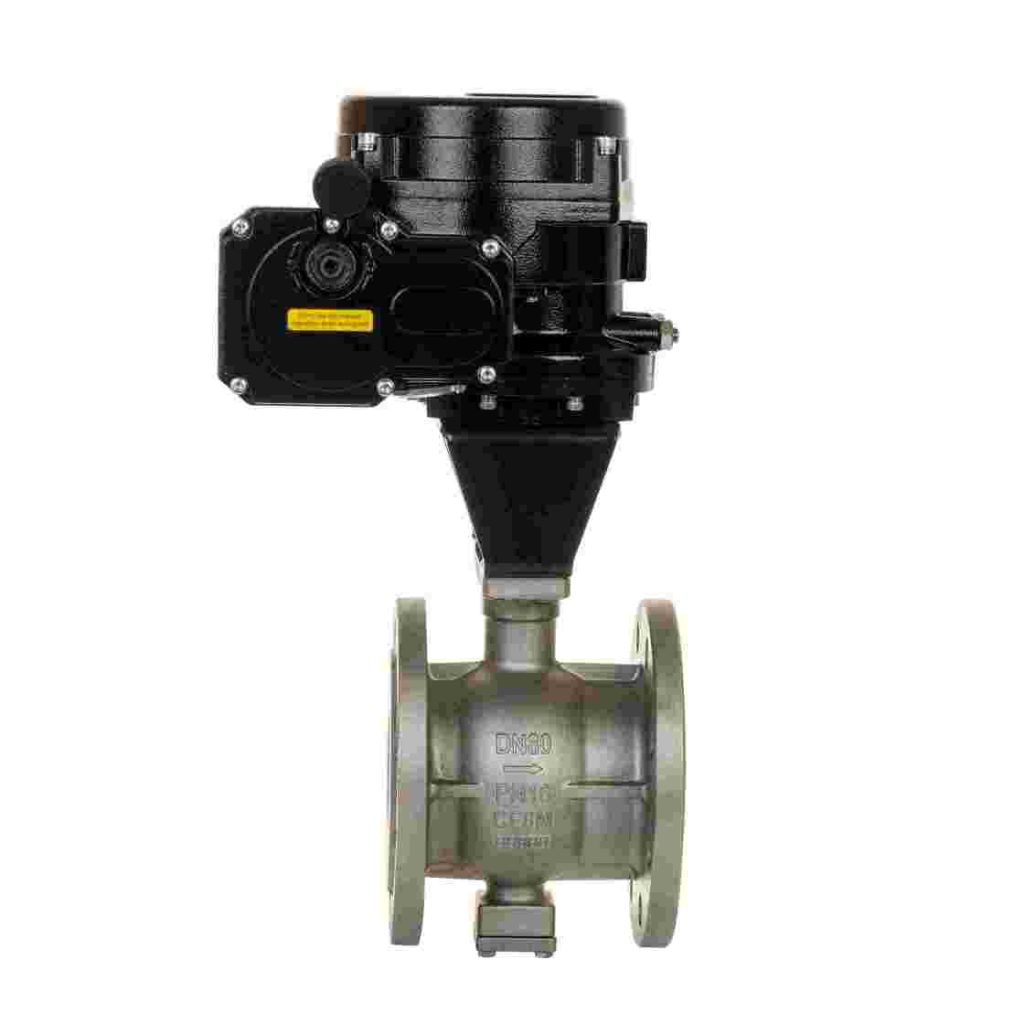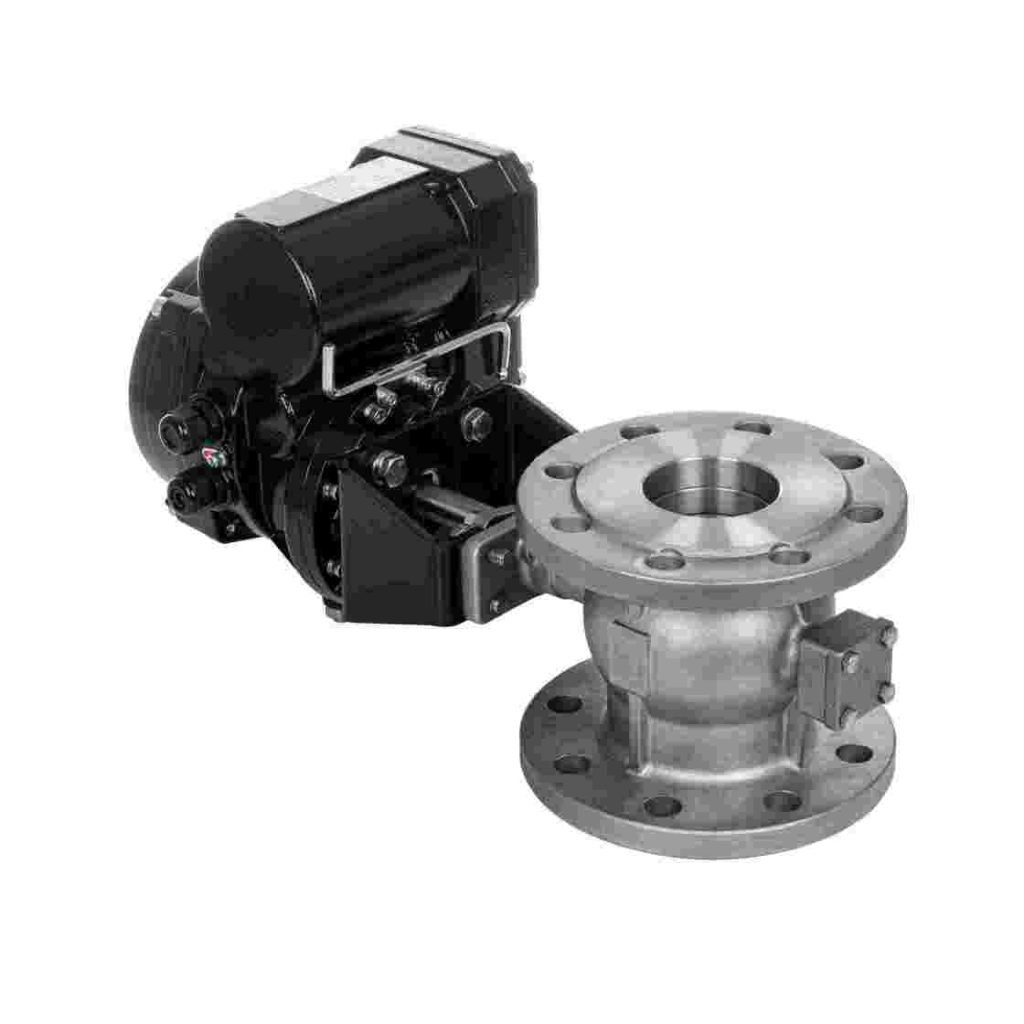The growing global interest in sustainable energy solutions has brought hydrogen energy to the forefront. As hydrogen energy systems become more prevalent, the need for reliable, durable, and efficient components to control the flow of hydrogen is paramount. Among these components, the Hydrogen Energy Electric Stainless Steel Ball Valve plays a crucial role in ensuring the safe, precise, and controlled transport of hydrogen, a substance that requires specialized handling due to its volatile nature. This article delves into the features, applications, and importance of electric stainless steel ball valves in hydrogen energy systems.

Understanding Hydrogen Energy Electric Stainless Steel Ball Valve

A Hydrogen Energy Electric Stainless Steel Ball Valve is a mechanical device designed to regulate the flow of hydrogen gas in systems where it is generated, stored, or transported. The ball valve uses an electric actuator to open or close the valve, offering precise control over the gas flow. Made from high-quality stainless steel, these valves provide enhanced resistance to corrosion, which is particularly crucial in hydrogen applications, where the environment can often be harsh. The Role of Electric Actuators in Ball Valves The electric actuator is the core feature that distinguishes these ball valves from manual or pneumatic alternatives. It allows for remote operation and automation, which is essential for modern hydrogen systems. In industrial settings, the ability to control the valve from a distance improves efficiency and safety. These actuators can be integrated with smart control systems, offering real-time monitoring and diagnostics to optimize performance and ensure the system is functioning within safe parameters.
